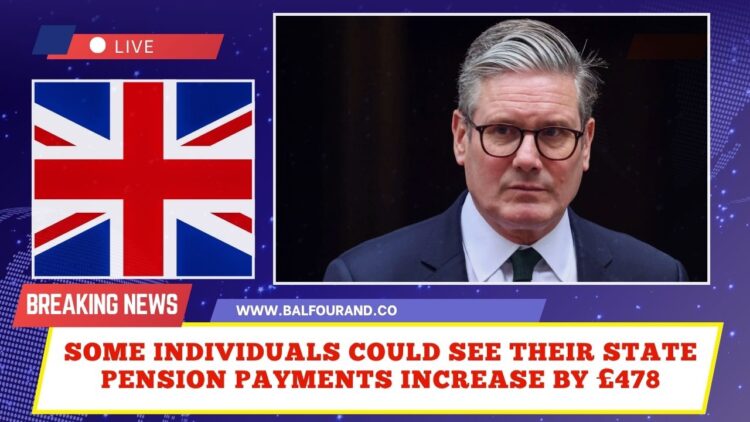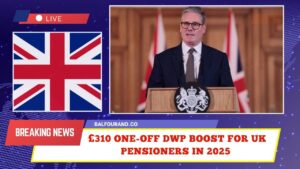Starting next year, some people who have surpassed the State Pension age may see their payments climb by up to £478 annually. This adjustment stems from the Bank of England’s forecast that inflation will hit 4% in September.
Given the government’s commitment to the triple lock, pension increases will align with whichever is highest: inflation, average wage growth, or 2.5%.
How the Triple Lock Mechanism Works
Each April, the State Pension is adjusted based on the highest figure of three: average wage growth, most recent September’s inflation, or 2.5%.
If inflation reaches 4%, this could push the annual pension increase to around £500, raising weekly payments from £230.25 to £239.46—equivalent to about £12,451 a year.
Financial Pressures on Government Budget
According to The Times, this commitment could cost the government around £2.1 billion, specifically tied to maintaining the triple lock for the 4.5 million recipients of the new State Pension. Concurrently, the Bank of England’s inflation forecast—well above the 2% target—is fueling broader cost-of-living concerns.
The National Institute of Economic and Social Research has cautioned that the upcoming Autumn Budget might need to raise taxes to bridge a £51 billion gap in public finances. Moreover, the Office for Budget Responsibility warns that pension-related government spending could soar to £182 billion by 2029/30, up from the current £142 billion.
Political and Social Commentary
Former pensions minister Sir Steve Webb noted the political sensitivity of altering the triple lock, stating that it was not just a manifesto pledge but also an argument used to uphold winter fuel payment changes.
He cautioned that reducing such benefits would be difficult, particularly when the State Pension remains modest by international comparison.
On the societal impact front, Dennis Reed, director of Silver Voices, remarked that a 4% rise hardly keeps pace with increasing living costs:
“A rise of 4% is barely keeping up with the cost of living. They [older people] are getting by on a subsistence income and 4% of very little is still very little.”
Inflation, Interest Rates, and Consumer Pressures
Despite the Bank of England’s decision this week to cut interest rates to 4%—the lowest in more than two years—it highlighted intensifying pressures on consumers due to rising energy and food costs. Food inflation has already climbed to 4.5% in June year-on-year, with a potential rise to 5.5% by December.
While the inflation peak is anticipated around 4% in September, longer-term forecasts predict 2.5% average inflation in 2026 and 2% in 2027.
The interplay of inflation, the triple-lock guarantee, and mounting public expenditure paints a complex financial picture. While the projected State Pension increase offers a modest boost to income for retirees, it also intensifies pressure on government budgets and raises difficult policy questions. Balancing fairness to pensioners with the sustainability of public finances will be a challenging task ahead.
FAQs
What is the “triple lock,” and why does it matter?
The triple lock ensures the State Pension increases each April by the greater of average wage growth, September’s inflation, or 2.5%, safeguarding income for retirees against inflation or wage stagnation.
How much could State Pension payments increase?
If inflation hits 4%, pension payments could rise by as much as £500 per year, boosting weekly payments from £230.25 to approximately £239.46.
What are the financial risks of maintaining the triple lock?
Maintaining the triple lock could compel the government to allocate an additional £2.1 billion for pension payments and may pressure budgets, potentially leading to tax hikes and rising pension spending—projected to reach £182 billion by 2029/30.




